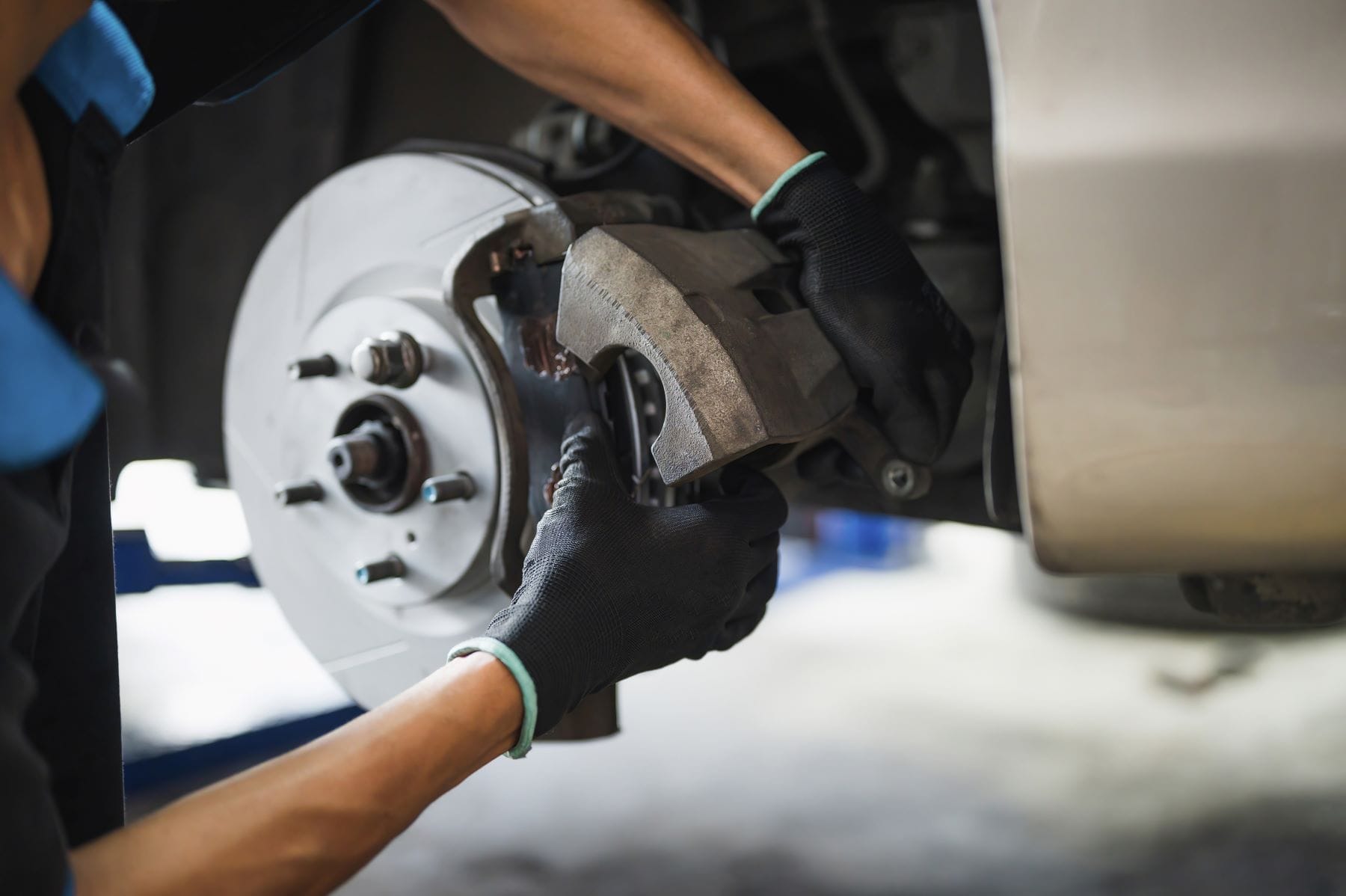$18M Verdict in Asbestos Exposure Case Ties Brake Dust to Woman’s Cancer
A landmark verdict expands liability for asbestos exposure, spotlighting secondhand risk and the broader duty of manufacturers to warn beyond direct users.
Updated on
Jurors in Washington state recently determined that prolonged exposure to asbestos-containing brake dust was a significant factor in the development of mesothelioma in Susan Modzel, a woman who never worked with automotive parts herself. Instead, she was exposed secondhand, laundering her husband’s work clothes after he spent years as a professional auto mechanic. Her husband used an AMMCO brake arcing machine, manufactured by Hennessy Industries, to grind and shape asbestos-containing brake linings in the 1970s and 1980s.
The plaintiffs alleged that Hennessy Industries knew of the dangers posed by asbestos exposure from brake linings but failed to provide appropriate warnings or safety instructions for users of its machines. While Modzel never directly handled the brake parts, the regular contact with her husband’s dust-covered clothing ultimately exposed her to hazardous levels of airborne asbestos fibers.
The Trial
The central focus of the trial was Hennessy’s brake grinder, which was widely used in automotive shops to modify brake linings for proper fit. Expert witnesses for the plaintiffs testified that the use of the machine significantly increased airborne asbestos concentrations in garages, particularly those with inadequate ventilation. They argued that Hennessy’s failure to offer guidance on protective measures, such as ventilation or respirators, left users and their families vulnerable to toxic exposure.
Hennessy’s defense emphasized that its machines did not themselves contain asbestos and contended that any asbestos exposure came from third-party brake products over which it had no control. The company further claimed that the manufacturers of the brake linings were responsible for providing any necessary warnings and that such warnings were already available on product packaging. However, the plaintiffs responded that Hennessy bore an independent duty to inform users about the dangers of using its equipment with asbestos-laden products, particularly when its grinders contributed directly to the release of hazardous dust.
The Verdict
The jury returned a total verdict of $18 million in damages, finding Hennessy Industries responsible for $2.7 million of that amount. The remainder was apportioned to other companies associated with the asbestos-containing brake linings, many of which had settled or been dismissed prior to trial. In its findings, the jury concluded that Hennessy’s negligence was a substantial factor in causing Susan Modzel’s mesothelioma.
During closing arguments, plaintiffs’ attorneys emphasized that Modzel’s illness was “entirely preventable,” accusing Hennessy of grossly failing in its duty to warn users about the hazards associated with its product. “They failed miserably,” one attorney stated, adding that Hennessy ignored a known risk and failed to protect not only users but also their families from dangerous exposure.
Potential for More Product Liability Claims
This case reflects a growing focus within asbestos litigation on so-called “take-home” or secondary exposure. Although the bulk of asbestos-related claims have traditionally involved direct workplace exposure, plaintiffs are increasingly holding manufacturers accountable for injuries sustained by family members indirectly exposed through contaminated clothing and household dust.
The Modzel verdict highlights the expanding scope of product liability law, particularly when it comes to equipment used in conjunction with toxic substances. Although Hennessy’s machine did not contain asbestos itself, the jury concluded that it contributed to the creation of a hazardous environment. As one of the plaintiffs’ attorneys commented after the verdict, “This verdict sends a strong message to equipment manufacturers that their duty to warn doesn’t stop with direct users. They must consider everyone in the exposure chain.”
Given the outcome of this case, additional claims may emerge from similarly situated plaintiffs—those who never worked directly with asbestos, but were nonetheless exposed through domestic proximity to its use.
The Law Firms Involved
Susan Modzel and her husband were represented by attorneys from Waters Kraus & Paul, a firm known for its work in asbestos litigation. Hennessy Industries was defended by Forman Watkins & Krutz LLP, which regularly represents companies in complex product liability cases.


